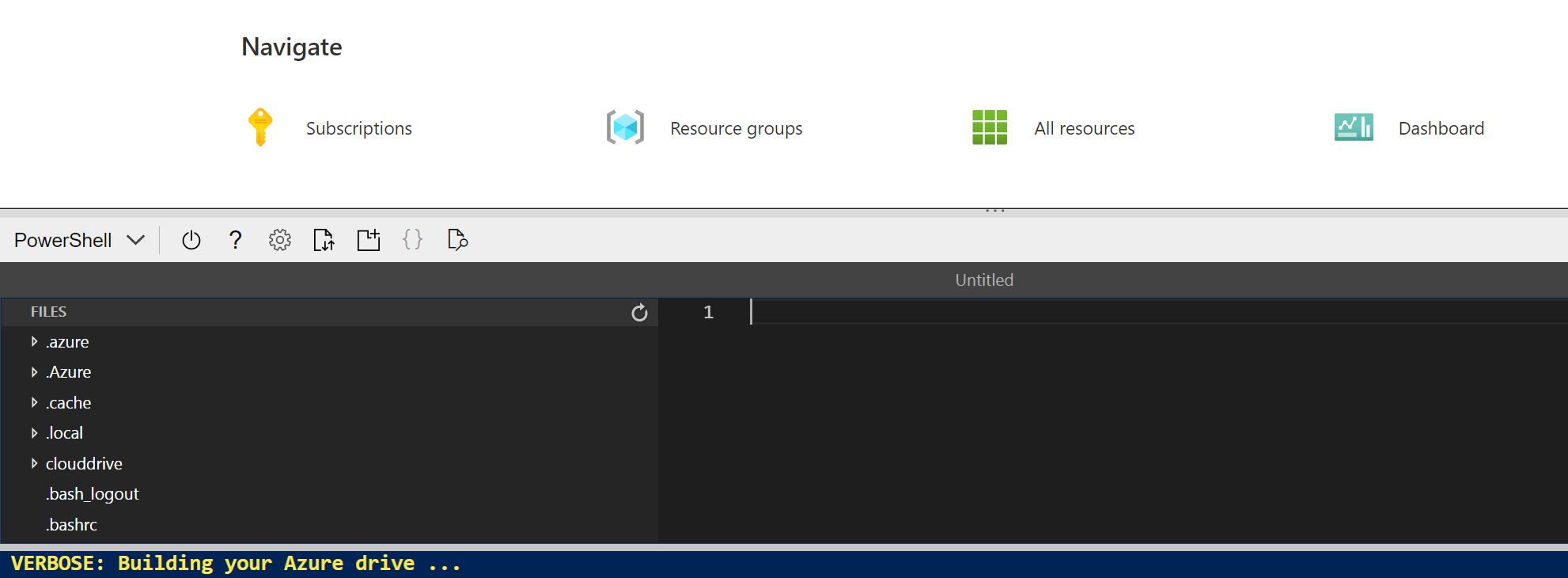Explore speech
Note To complete this lab, you will need an Azure subscription in which you have administrative access.
To build software that can interpret audible speech and respond appropriately, you can use the Azure AI Speech service, which provides a simple way to transcribe spoken language into text and vice-versa.
For example, suppose you want to create a smart device that can respond verbally to spoken questions, such as “What time is it?” The response should be the local time.
To test the capabilities of the Speech service, we’ll use a simple command-line application that runs in the Cloud Shell. The same principles and functionality apply in real-world solutions, such as web sites or phone apps.
Create an Azure AI services resource
You can use the Speech service by creating either a Speech resource or an Azure AI services resource.
If you haven’t already done so, create an Azure AI services resource in your Azure subscription.
-
In another browser tab, open the Azure portal at https://portal.azure.com, signing in with your Microsoft account.
- Click the +Create a resource button and search for Azure AI services. Select create an Azure AI services plan. You will be taken to a page to create an Azure AI services resource. Configure it with the following settings:
- Subscription: Your Azure subscription.
- Resource group: Select or create a resource group with a unique name.
- Region: Choose any available region.
- Name: Enter a unique name.
- Pricing tier: Standard S0
- By checking this box I acknowledge that I have read and understood all the terms below: Selected.
- Review and create the resource.
Get the Key and Location for your Azure AI services resource
-
Wait for deployment to complete. Then go to your Azure AI services resource, and on the Overview page, click the link to manage the keys for the service. You will need the endpoint and keys to connect to your Azure AI services resource from client applications.
-
View the Keys and Endpoint page for your resource. You will need the location/region and key to connect from client applications.
Run Cloud Shell
To test the capabilities of the Speech service, we’ll use a simple command-line application that runs in the Cloud Shell on Azure.
-
In the Azure portal, select the [>_] (Cloud Shell) button at the top of the page to the right of the search box. This opens a Cloud Shell pane at the bottom of the portal.

-
The first time you open the Cloud Shell, you may be prompted to choose the type of shell you want to use (Bash or PowerShell). Select PowerShell. If you do not see this option, skip the step.
-
If you are prompted to create storage for your Cloud Shell, ensure your subscription is specified and select Create storage. Then wait a minute or so for the storage to be created.

-
Make sure the the type of shell indicated on the top left of the Cloud Shell pane is switched to PowerShell. If it is Bash, switch to PowerShell by using the drop-down menu.

-
Wait for PowerShell to start. You should see the following screen in the Azure portal:

Configure and run a client application
Now that you have a custom model, you can run a simple client application that uses the Speech service.
-
In the command shell, enter the following command to download the sample application and save it to a folder called ai-900.
git clone https://github.com/MicrosoftLearning/AI-900-AIFundamentals ai-900Tip If you already used this command in another lab to clone the ai-900 repository, you can skip this step.
-
The files are downloaded to a folder named ai-900. Now we want to see all of the files in your Cloud Shell storage and work with them. Type the following command into the shell:
code .Notice how this opens up an editor like the one in the image below:

-
In the Files pane on the left, expand ai-900 and select speaking-clock.ps1. This file contains some code that uses the Speech service to recognize and synthesize speech:

-
Don’t worry too much about the details of the code, the important thing is that it needs the region/location and either of the keys for your Azure AI services resource. Copy these from the Keys and Endpoints page for your resource from the Azure portal and paste them into the code editor, replacing the YOUR_KEY and YOUR_LOCATION placeholder values respectively.
Tip You may need to use the separator bar to adjust the screen area as you work with the Keys and Endpoint and Editor panes.
After pasting the key and region/location values, the first lines of code should look similar to this:
$key = "1a2b3c4d5e6f7g8h9i0j...." $region="somelocation" -
At the top right of the editor pane, use the … button to open the menu and select Save to save your changes. Then open the menu again and select Close Editor.
The sample client application will use your Speech service to transcribe spoken input and synthesize an appropriate spoken response. A real application would accept the input from a microphone and send the response to a speaker, but in this simple example, we’ll use pre-recorded input in a file and save the response as another file.
Use the video player below to hear the input audio the application will process:
-
In the PowerShell pane, enter the following command to run the code:
cd ai-900 ./speaking-clock.ps1 -
Review the output, which should have successfully recognized the text “What time is it?” and saved an appropriate response in a file named output.wav.
Use the following video player to hear the spoken output generated by the application:
Learn more
This simple app shows only some of the capabilities of the Speech service. To learn more about what you can do with this service, see the Speech page.